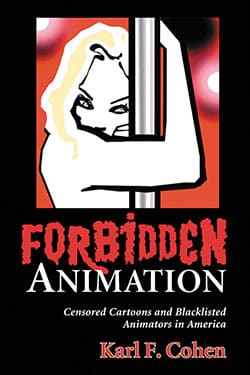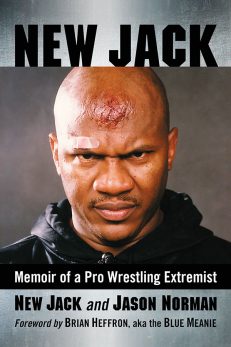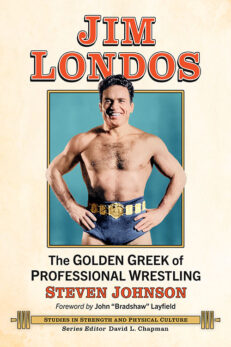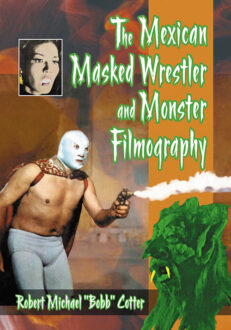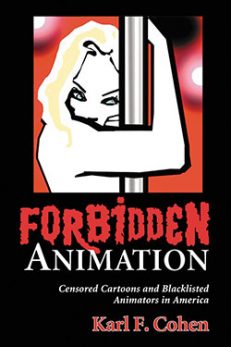Forbidden Animation
Censored Cartoons and Blacklisted Animators in America
$19.99
In stock
About the Book
Tweety Bird was colored yellow because censors felt the original pink made the bird look nude. Betty Boop’s dress was lengthened so that her garter didn’t show. And in recent years, a segment of Mighty Mouse was dropped after protest groups claimed the mouse was actually sniffing cocaine, not flower petals. These changes and many others like them have been demanded by official censors or organized groups before the cartoons could be shown in theaters or on television.
How the slightly risqué gags in some silent cartoons were replaced by rigid standards in the sound film era is the first misadventure covered in this history of censorship in the animation industry. The perpetuation of racial stereotypes in many early cartoons is examined, as are the studios’ efforts to stop producing such animation. This is followed by a look at many of the uncensored cartoons, such as Lenny Bruce’s Thank You Mask Man and Ralph Bakshi’s Fritz the Cat. The censorship of television cartoons is next covered, from the changes made in theatrical releases shown on television to the different standards that apply to small screen animation. The final chapter discusses the many animators who were blacklisted from the industry in the 1950s for alleged sympathies to the Communist Party.
About the Author(s)
Bibliographic Details
Karl F. Cohen
Format: softcover (6 x 9)
Pages: 238
Bibliographic Info: photos, appendix, notes, index
Copyright Date: 2004 [1997]
pISBN: 978-0-7864-2032-2
eISBN: 978-1-4766-0725-2
Imprint: McFarland
Table of Contents
Preface 01
Introduction 05
1 Censorship of Theatrical Animation 09
2 Racism and Resistance: Stereotypes in Animation 49
3 Uncensored Animation 77
4 Censoring Animation on Television 121
5 Blacklisted Animators 155
6 Conclusion 193
Notes 197
Bibliography 215
Index 221
Book Reviews & Awards
“detailed…carefully researched”—Animation World Magazine; “a pioneering effort that will stand the test of time…. Recommended highly for all types of audiences”—Choice; “thorough, informative and wholly entertaining”—Film Arts Foundation; “very accessible and interesting”—Anymator; “a masterful job…a welcome addition to the current literature in the field of animation”—Society for Animation Studies Newsletter; “detailed career overview”—Film Review; “well researched…an interesting view of the industry”—Film & History; “sheds new light on some little known episodes…a valuable addition to your animation library”—The Pegboard; “recommended for film collections and the larger reference sections”—Public Library Quarterly; “the best researched and most entertaining account of animation censorship I’ve ever seen”—Big Reel; “investigates the subjects of racist imagery, blacklisting and so-called ‘uncensored’ adult-oriented animation—and how studios have responded to censorship pressures”—Animation Journal.

